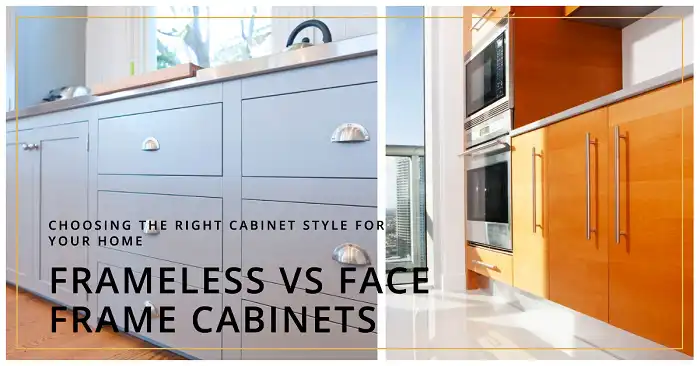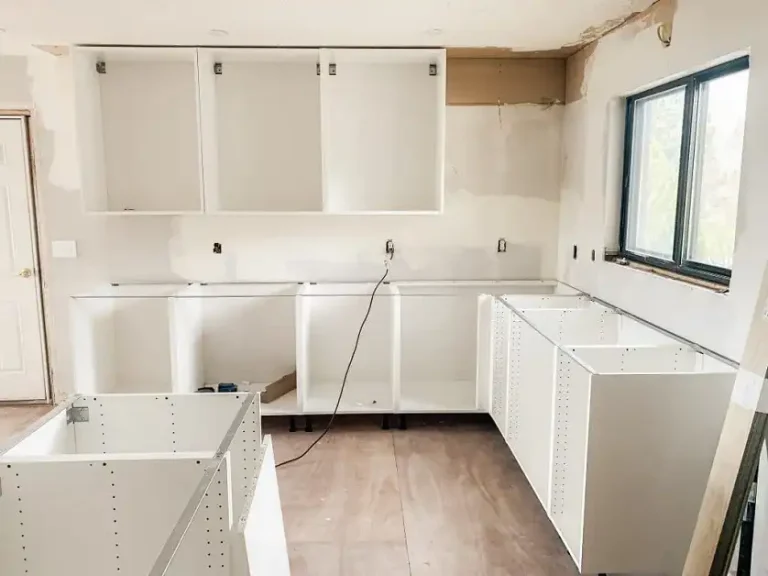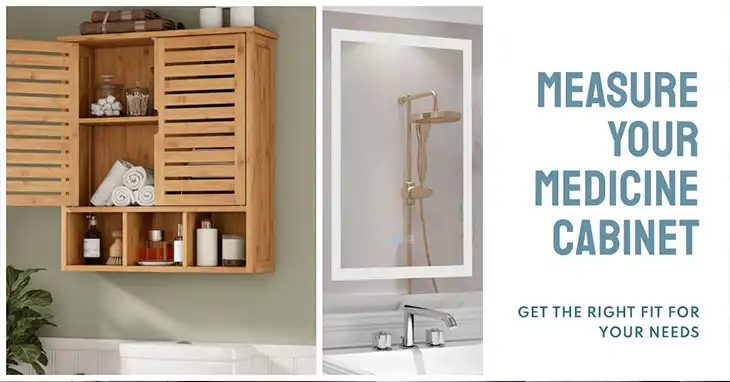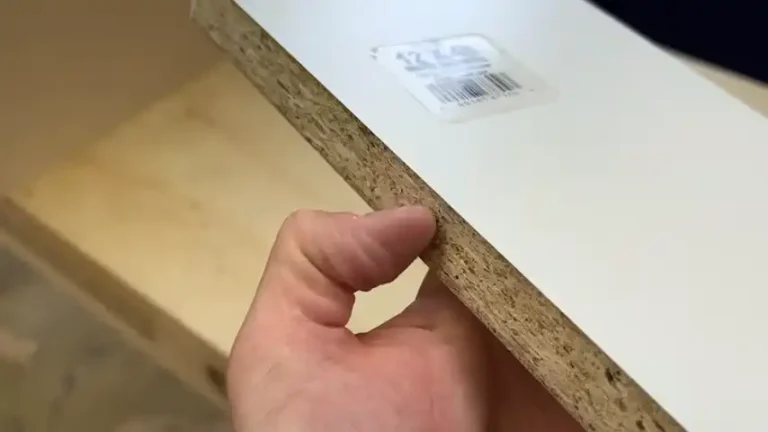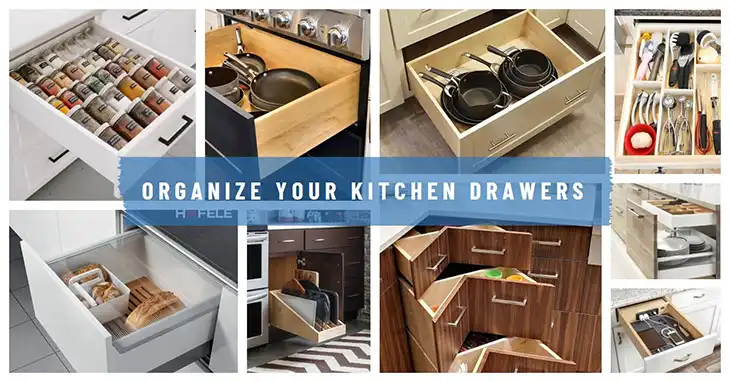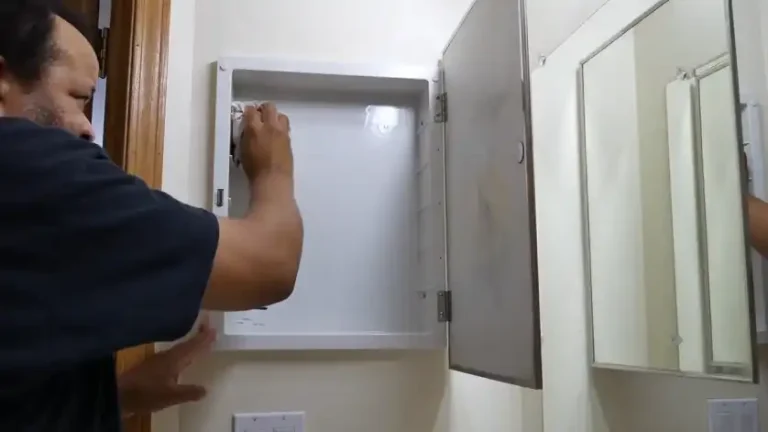Birch vs Maple Plywood: Which One is Better for Kitchen Cabinets?
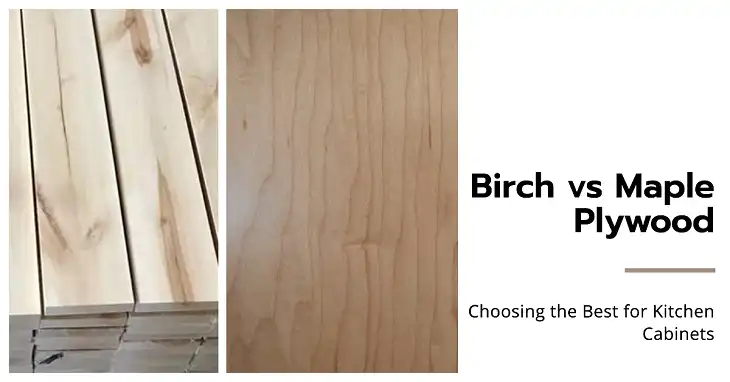
When designing a kitchen, one of the most critical choices you’ll make is the type of plywood to use for the cabinetry. Birch and maple plywood are two popular options, each with its own unique qualities. But which one is better for your kitchen cabinets? In this article, we will break down the differences between birch and maple plywood in terms of durability, appearance, cost, workability, and more. By the end, you’ll have a clear understanding of which type of plywood is the best fit for your kitchen.
What is Maple Plywood and Why is it Popular for Kitchen Cabinets?
Maple plywood is a type of engineered wood made by layering thin sheets of maple veneer with adhesives. Maple is a hardwood known for its strength, fine grain, and smooth texture. Its appearance ranges from light cream to reddish-brown, depending on the grade and treatment of the wood. Maple plywood is commonly used in high-end woodworking projects, particularly for kitchen cabinets, furniture, and floors.
Maple’s smooth grain makes it an ideal candidate for finishes, offering a sleek and polished look once stained or sealed. Homeowners often prefer maple for its durability and versatility, especially in environments prone to high use, such as kitchens.
What Makes Birch Plywood Different?
Birch plywood, like maple plywood, is an engineered wood made from thin layers of birch veneer. It is typically lighter in color than maple and has a fine, uniform grain. Birch plywood is a popular choice for budget-friendly cabinetry and furniture, offering an attractive natural wood finish at a lower price.
Although birch is a hardwood, it is not as hard as maple, making it slightly more susceptible to dents and scratches. However, birch’s complex grain pattern helps camouflage minor imperfections, giving it a forgiving, long-lasting aesthetic even in the face of wear and tear.
Durability: How Do Birch and Maple Plywood Compare?
When it comes to durability, maple plywood clearly outshines birch. Maple is denser and harder, with a Janka hardness rating of around 1,450 lbf (pound-force). This makes maple more resistant to dents, scratches, and general wear. It’s also less prone to warping and cracking in humid environments, making it ideal for kitchens, where exposure to steam and moisture is frequent.
On the other hand, birch plywood has a Janka hardness rating of approximately 1,260 lbf, which, while still respectable, is lower than maple. This makes birch more prone to dents, particularly in high-traffic areas or in homes with children or pets. Birch plywood also tends to warp more easily in environments with fluctuating humidity levels, so it may require additional sealing and care when used in kitchens.
| Plywood Type | Janka Hardness Rating | Resistance to Warping | Suitability for High-Moisture Areas |
| Maple Plywood | 1,450 lbf | High | Excellent |
| Birch Plywood | 1,260 lbf | Moderate | Fair |
Which Has the Better Appearance: Maple or Birch Plywood?
The aesthetic qualities of plywood are often a top consideration for homeowners, and both birch and maple have their merits.
Maple plywood has a fine, smooth grain that takes stains and finishes beautifully. The light, uniform texture of maple makes it a popular choice for those looking for a polished and sophisticated appearance. It also tends to darken slightly over time, adding richness and depth to its appearance.
Birch plywood, on the other hand, has a more natural and rustic look. Its light color and slightly uneven grain pattern offer a more casual, organic aesthetic, perfect for minimalist or Scandinavian-inspired designs. While birch doesn’t take stains as evenly as maple, it can still be finished to highlight its natural beauty. Birch may require more sanding or preparation if you’re aiming for a smoother finish, particularly with lower-grade plywood.
How Do the Costs of Maple and Birch Plywood Compare?
Cost is often the deciding factor for many homeowners when choosing between birch and maple plywood. Maple plywood is generally more expensive, with prices often ranging from $50 to $90 per sheet depending on the grade and region. This higher cost reflects maple’s superior durability and its ability to take finishes well.
Birch plywood, by comparison, is more budget-friendly, typically costing between $30 and $60 per sheet. The lower cost makes birch an appealing option for those looking to save on their kitchen cabinetry without compromising too much on quality.
Which is Easier to Work With: Maple or Birch Plywood?
Both maple and birch plywood are relatively easy to work with, but there are differences to consider. Maple’s denser structure means that it requires sharper tools and more effort during cutting and finishing. It’s important to use high-quality tools to avoid splintering or tearing the wood.
Birch plywood, being softer, is easier to cut and shape but is more prone to splintering, particularly along the edges. Special care should be taken when cutting birch plywood to ensure a clean finish.
Which Plywood is More Sustainable?
In terms of sustainability, maple plywood has a slight edge over birch. Maple trees grow abundantly in North America, making them a renewable resource that is easy to source. Birch is also sustainable, but it may be less available in some regions compared to maple, which could impact the environmental footprint of your project.
Which is Better for Kitchen Cabinets: Birch or Maple?
Both birch and maple plywood have their strengths and weaknesses. Maple plywood is the better choice for those seeking durability, a polished aesthetic, and long-term performance in a high-moisture, high-traffic kitchen environment. Its higher price reflects its superior performance, particularly in terms of resistance to dents, scratches, and warping.
Birch plywood, on the other hand, offers a more budget-friendly alternative with a natural and organic appearance. While it may not be as durable as maple, it is still a solid choice for kitchen cabinets, particularly in lower-traffic areas or for homeowners seeking a minimalist design at a lower price point.
FAQs
Is maple plywood more expensive than birch plywood?
Yes, maple plywood is generally more expensive, costing between $50 to $90 per sheet, while birch plywood typically costs $30 to $60 per sheet.
Which plywood is better for high-moisture areas like kitchens?
Maple plywood is better for high-moisture areas as it is more resistant to warping and cracking compared to birch.
Can I stain both maple and birch plywood?
Yes, both types of plywood can be stained, but maple plywood tends to take stains better due to its fine grain, while birch may require more preparation.
Which plywood is more sustainable?
Both maple and birch plywood are sustainable, but maple has a slight edge due to its wider availability in North America.
Wrapping Up
In the debate of birch vs. maple plywood, maple plywood stands out as the superior choice for kitchen cabinets due to its durability, resistance to moisture, and high-quality finish. However, birch plywood offers an attractive, budget-friendly option with a more natural look. Your choice will ultimately depend on your priorities—whether it’s cost, durability, or appearance.

